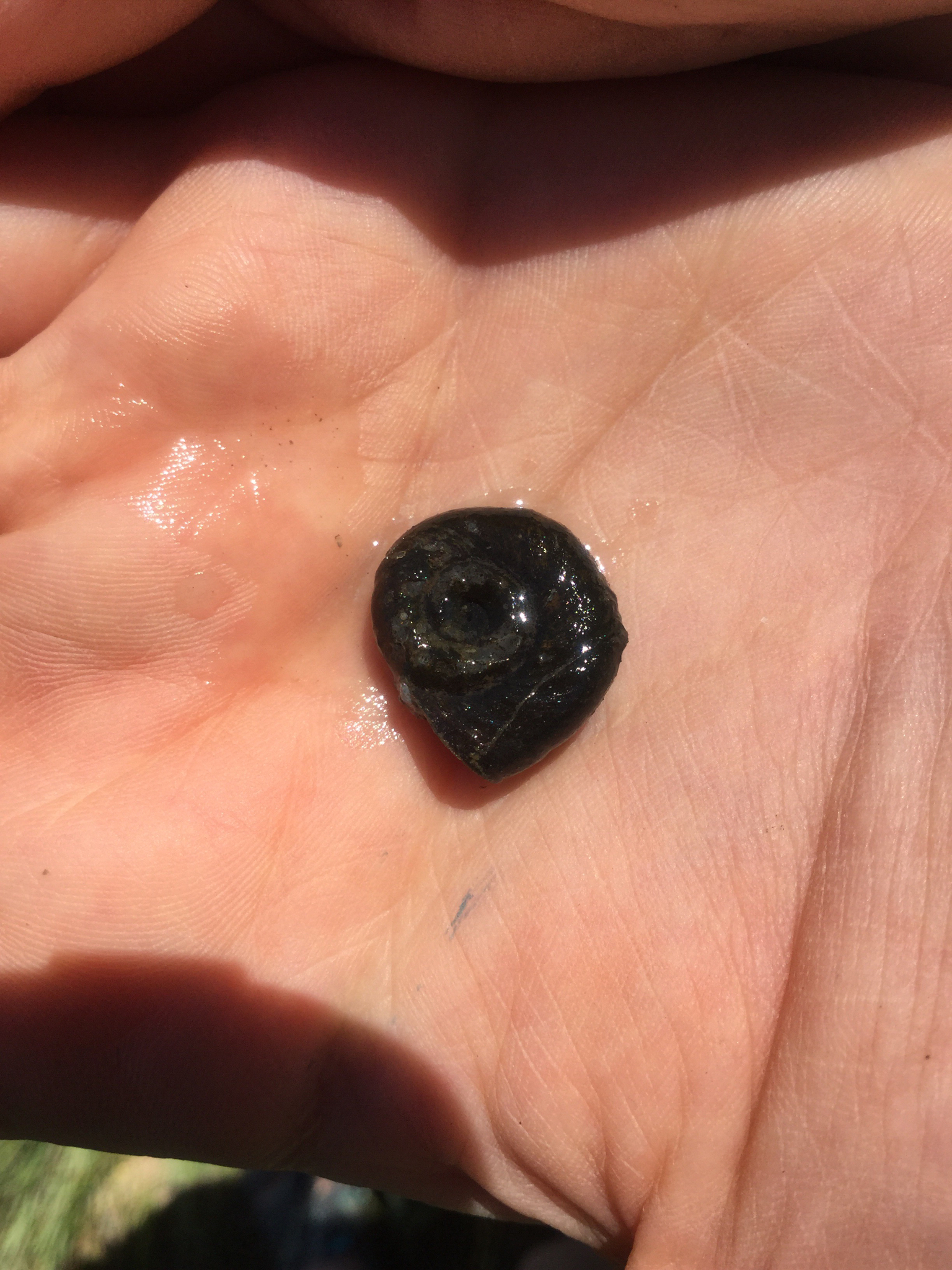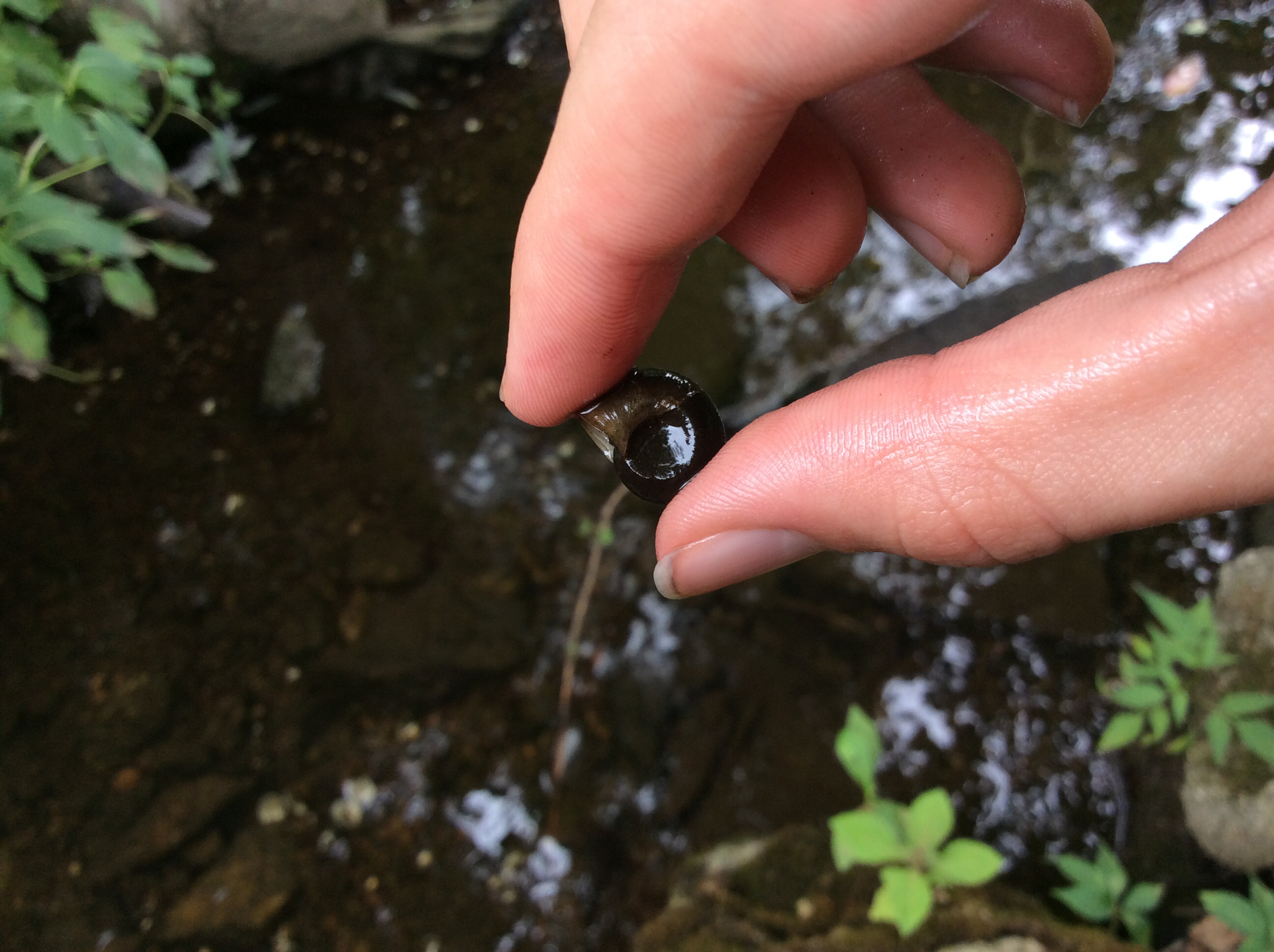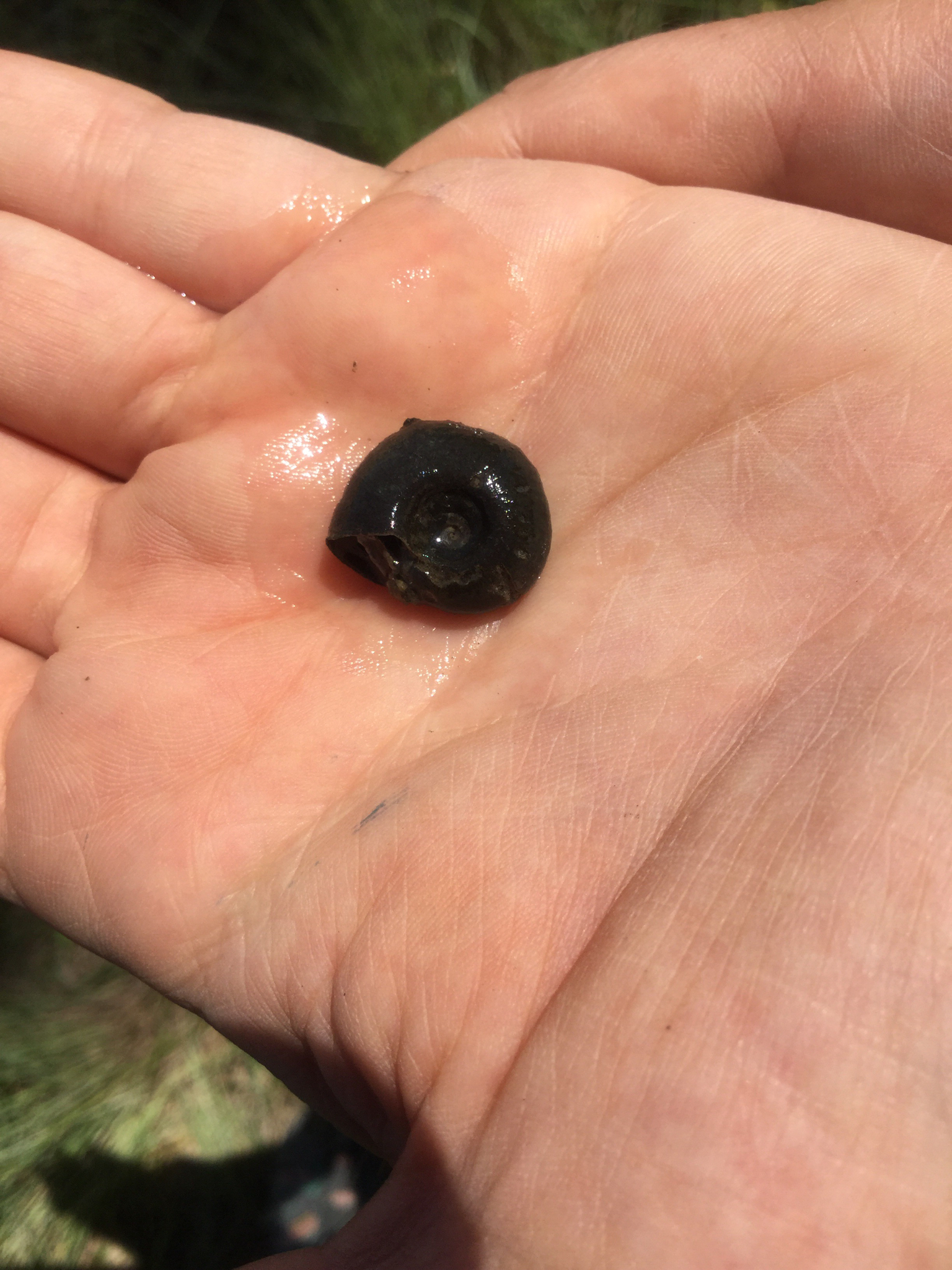Map Snapshot








18 Records
Seasonality Snapshot
Use of media featured on Maryland Biodiversity Project is only permitted with express permission of the photographer.
A Marsh Rams-Horn collected in Anne Arundel Co., Maryland (9/29/2015). Verified by Robert T. Dillon, College of Charleston.
View Record Details
Media by
Robert Aguilar, SERC.
Marsh Rams-Horn in Montgomery Co., Maryland (1/23/2021). (c) Jane Hartman, all rights reserved.
View Record Details
Media by
Jane Hartman.
Marsh Rams-Horn in Montgomery Co., Maryland (1/23/2021). (c) Jane Hartman, all rights reserved.
View Record Details
Media by
Jane Hartman.
Marsh Rams-Horn in Baltimore City, Maryland (6/18/2016). (c) National Aquarium, some rights reserved (CC BY-NC).
View Record Details
Media by
National Aquarium via iNaturalist.
Marsh Rams-Horn in Carroll Co., Maryland (8/9/2016). (c) whodamanhd, some rights reserved (CC BY-NC).
View Record Details
Media by
whodamanhd via iNaturalist.
Marsh Rams-Horn in Baltimore City, Maryland (6/18/2016). (c) National Aquarium, some rights reserved (CC BY-NC).
View Record Details
Media by
National Aquarium via iNaturalist.
Source: Wikipedia
| Planorbella trivolvis | |
|---|---|

| |
| Two specimen of Planorbella trivolvis in their natural environment, on aquatic vegetation | |
| Scientific classification | |
| Domain: | Eukaryota |
| Kingdom: | Animalia |
| Phylum: | Mollusca |
| Class: | Gastropoda |
| Superorder: | Hygrophila |
| Family: | Planorbidae |
| Genus: | Planorbella |
| Species: | P. trivolvis
|
| Binomial name | |
| Planorbella trivolvis (Say, 1817)
| |
| Synonyms | |
| |
Planorbella trivolvis is a species of freshwater air-breathing snail, an aquatic pulmonate gastropod mollusk in the family Planorbidae, the ram's horn snails, or planorbids, which all have sinistral or left-coiling shells.
Description
[edit]All species within family Planorbidae have sinistral shells. The width of the shell of this species is up to 18 mm.
Distribution
[edit]This pond snail is native to North America, from the Arctic areas of Canada all the way south to Florida. It has also been introduced in other parts of the world.
Habitat
[edit]This species prefers habitats with floating water weeds.
Parasites
[edit]- Planorbella trivolvis is an intermediate host for Echinostoma trivolvis.[3]
References
[edit]- ^ Paraense W. L. (September 2003) "Planorbidae, Lymnaeidae and Physidae of Peru (Mollusca: Basommatophora)". Memórias do Instituto Oswaldo Cruz 98(6): 767-771. PDF
- ^ Reeves W. K., Dillon Jr. R. T. & Dasch G. A. (2008). "Freshwater snails (Mollusca: Gastropoda) from the Commonwealth of Dominica with a discussion of their roles in the transmission of parasites". American Malacological Bulletin 24: 59-63. doi:10.4003/0740-2783-24.1.59. PDF Archived 2010-01-07 at the Wayback Machine.
- ^ "Maintenance of the life cycle of Echinostoma trivolvis (Trematoda) in dexamethasone-treated ICR mice and laboratory-raised Helisoma trivolvis (Gastropoda)". doi:10.1007/s004360050200.
Further reading
[edit]- CYNTHIA G. NORTON & JENNIFER M. BRONSON (2006) "THE RELATIONSHIP OF BODY SIZE AND GROWTH TO EGG PRODUCTION IN THE HERMAPHRODITIC FRESHWATER SNAIL, HELISOMA TRIVOLVIS". Journal of Molluscan Studies 72(2): 143-147. doi:10.1093/mollus/eyi057
- Norton C. G., Johnson A. F. & Mueller R. L. (2008) "Relative size influences gender role in the freshwater hermaphroditic snail, Helisoma trivolvis". Behavioral Ecology 19(6): 1122-1127. doi:10.1093/beheco/arn099
- [1]
- [2]
- [3]
- Johnson, P. D.; Bogan, A. E.; Brown, K. M.; Burkhead, N. M.; Cordeiro, J. R.; Garner, J. T.; Hartfield, P. D.; Lepitzki, D. A. W.; Mackie, G. L.; ; Tarpley, T. A.; Tiemann, J. S.; Whelan, N. V.; Strong, E. E. (2013). Conservation status of freshwater gastropods. of Canada and the United States. Fisheries. 38(6): 247-282





